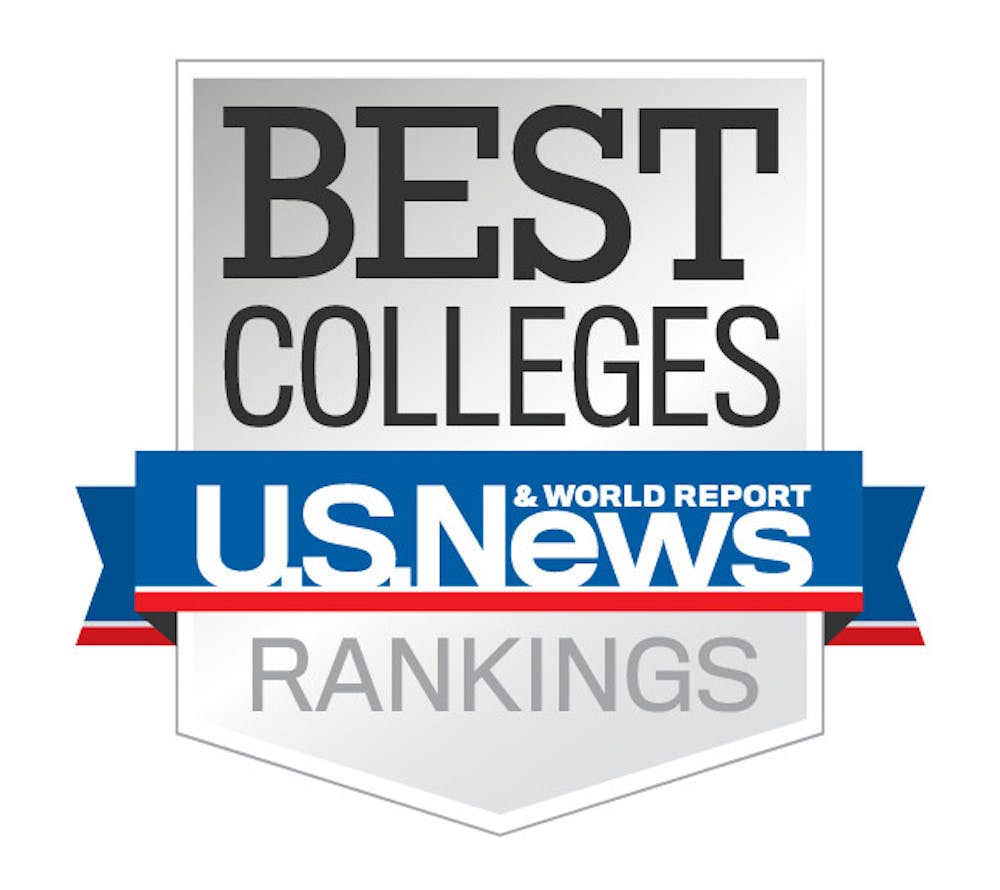Middlebury fell from fourth to sixth place in the U.S. News & World Report’s latest “Best Colleges” rankings.
Published on Sept. 12, the list places Williams and Amherst first and second among all liberal arts colleges, respectively. Middlebury and Pomona are tied at sixth behind a three-way tie for third between Bowdoin, Swarthmore and Wellesley.
U.S. News uses a ranking formula based on graduation and retention rates (22.5 percent), undergraduate academic reputation (22.5 percent), faculty resources (20 percent), student selectivity (12.5 percent), financial resources (10 percent), graduation rate performance (7.5 percent) and alumni giving rate (5 percent).
“A move like Middlebury’s, from No. 4 to No. 6, is a small change. Some factors in the school’s ranking — including academic reputation, graduation/retention rate, faculty resources and graduation rate performance — were weaker this year. All these factors contributed to the school’s change in overall rank,” said Robert Morse, the chief data strategist at U.S. News.
Morse believes rankings like the U.S. News list are valuable resources for students because of their emphasis on graduation and retention rates.
“We strongly believe that students and families should pay close attention to these indicators as they can show how well a school is academically and financially supporting its students through graduation,” he said.
Bill Burger, Middlebury’s spokesman, disagrees.
“Rankings are rather poor guides for students deciding which college or university to attend,” he said. “Questions of academic interest, location, size, extracurricular activities and other factors are what really matter. Ultimately, students should choose the school they see as a fit for them. That is a much more subjective decision and one that should transcend the false precision of any ranking.”
Burger is ultimately not concerned by the college’s drop in the rankings.
“While we’re appreciative of the positive attention these rankings can provide, our view of them is unchanging regardless of whether we move up or down from one year to the next,” he said. “The statistical differences between institutions closely clustered together are often minute and, ultimately, insignificant.”




